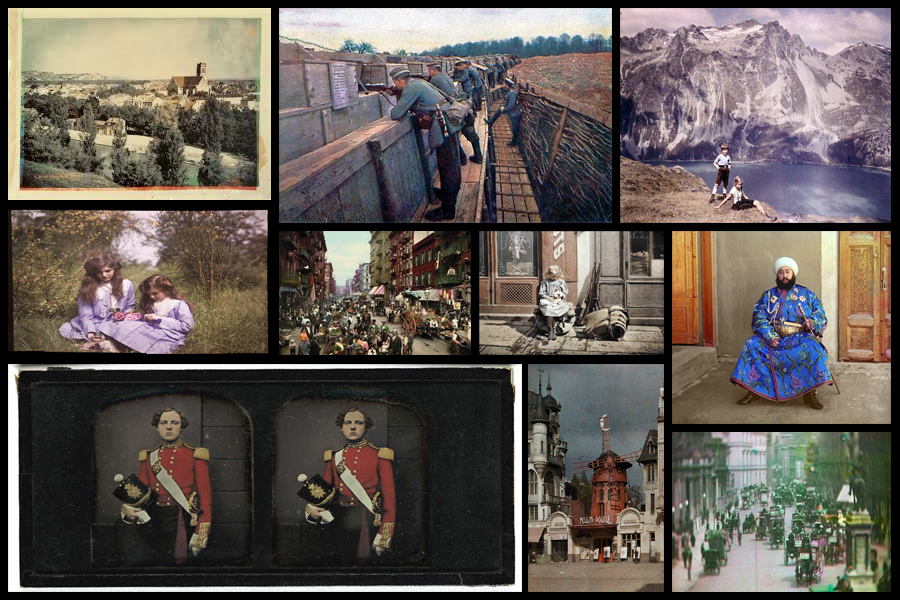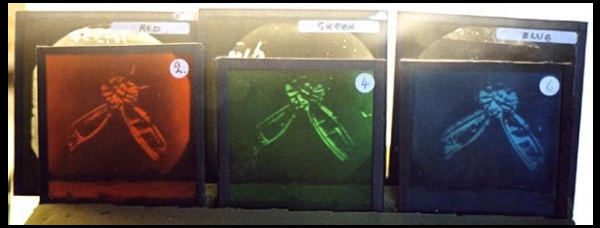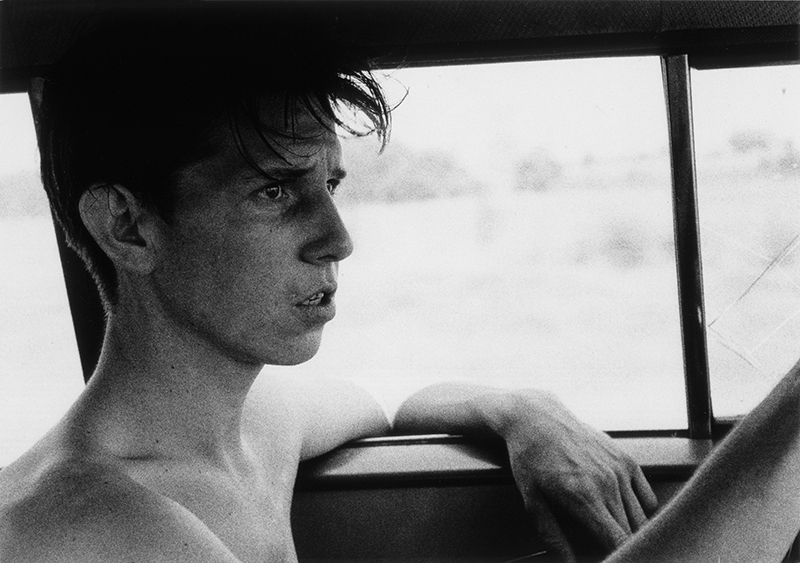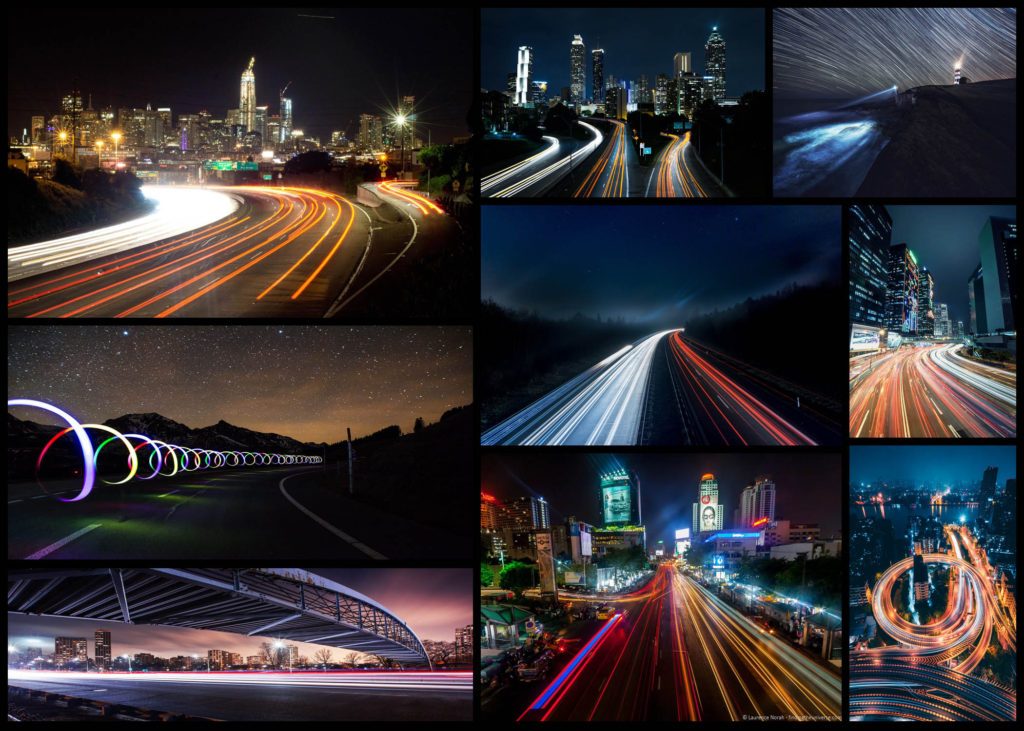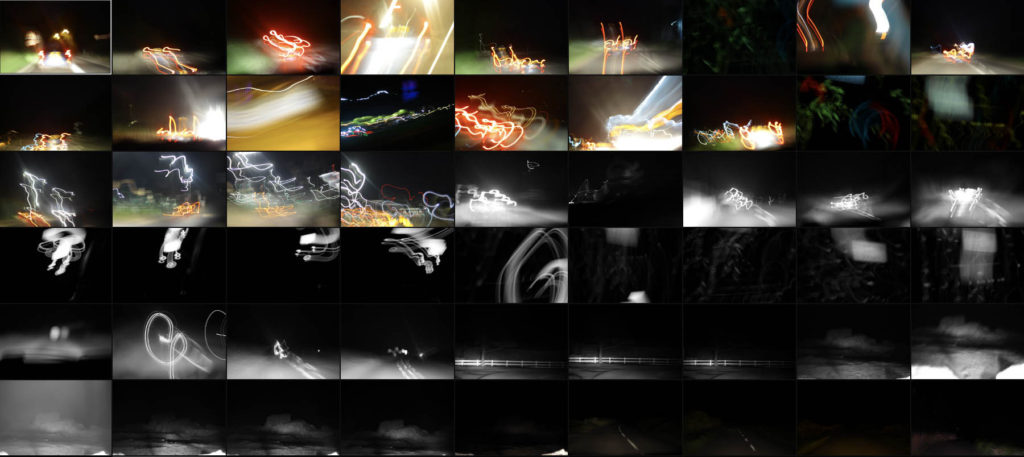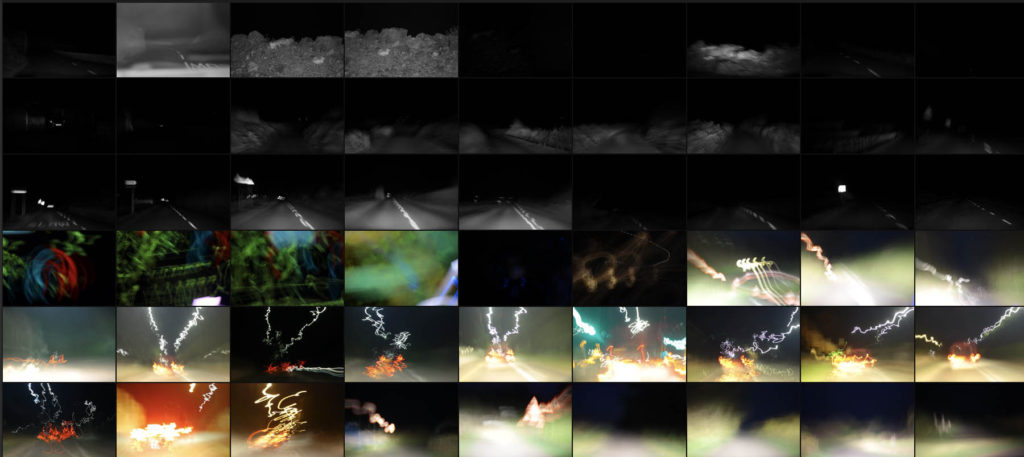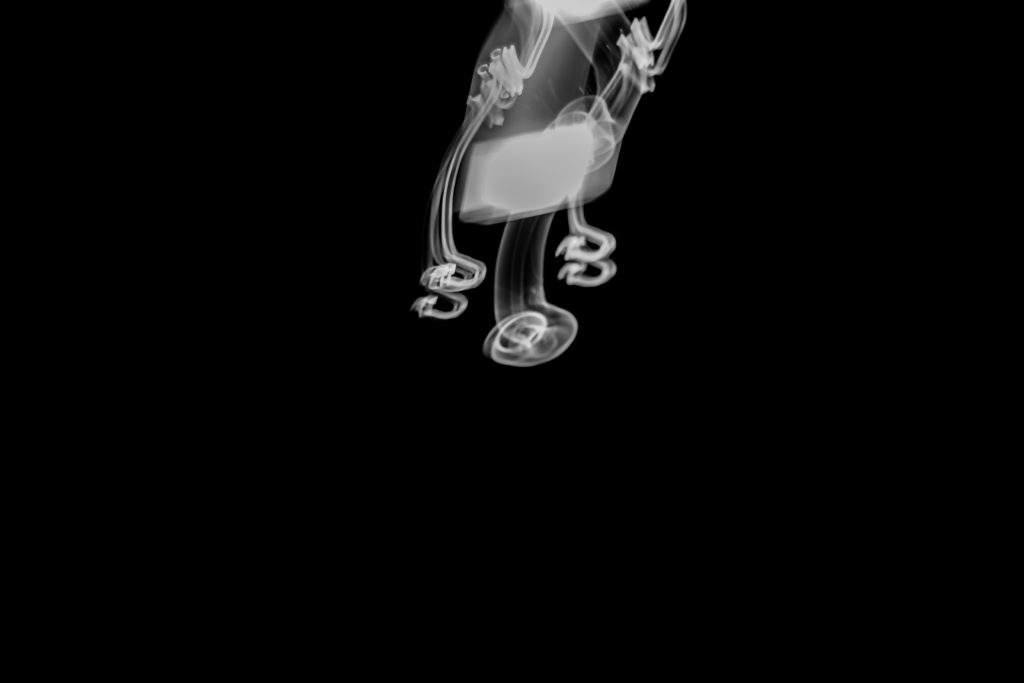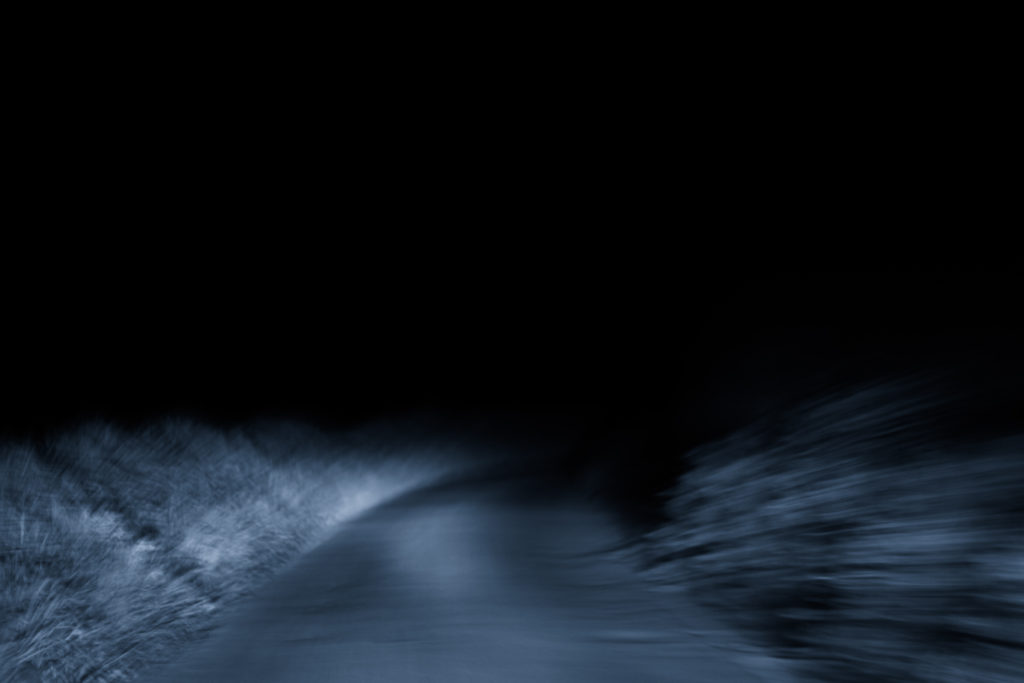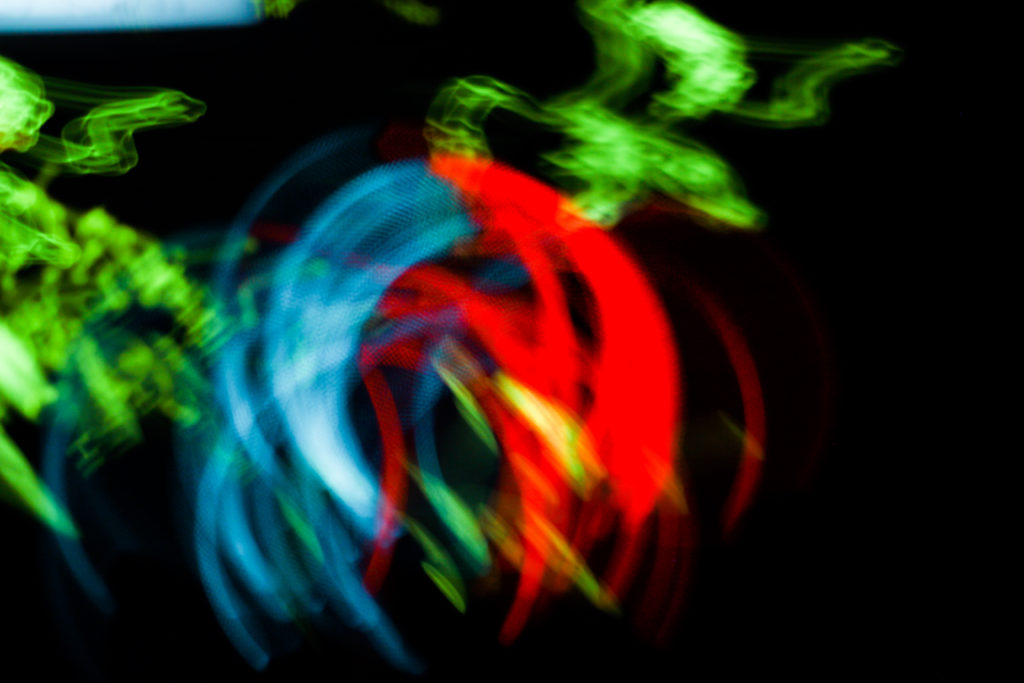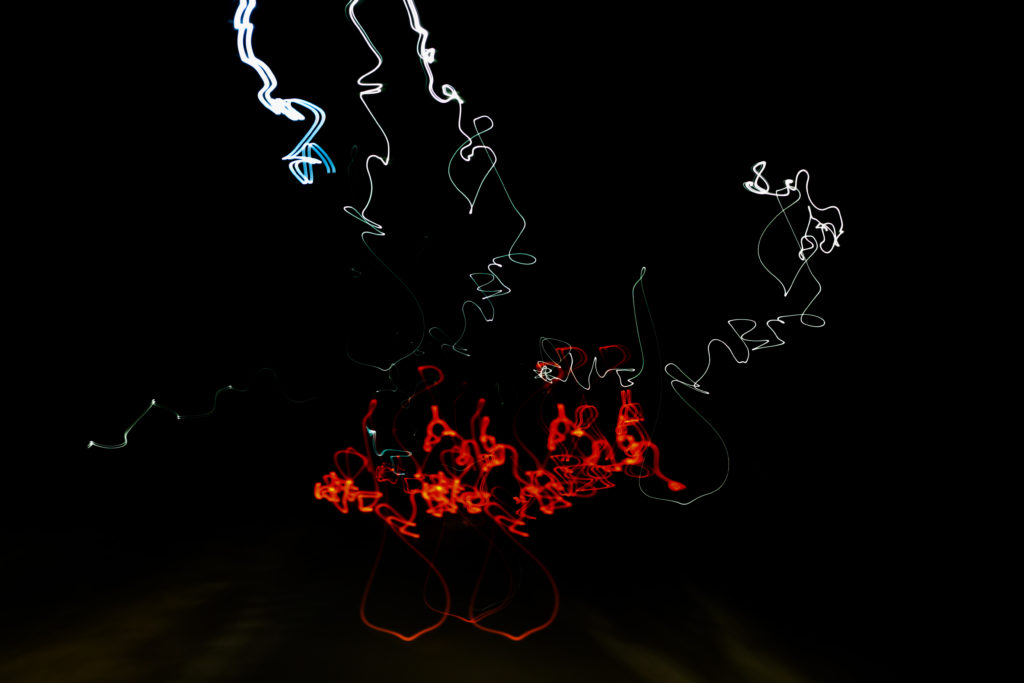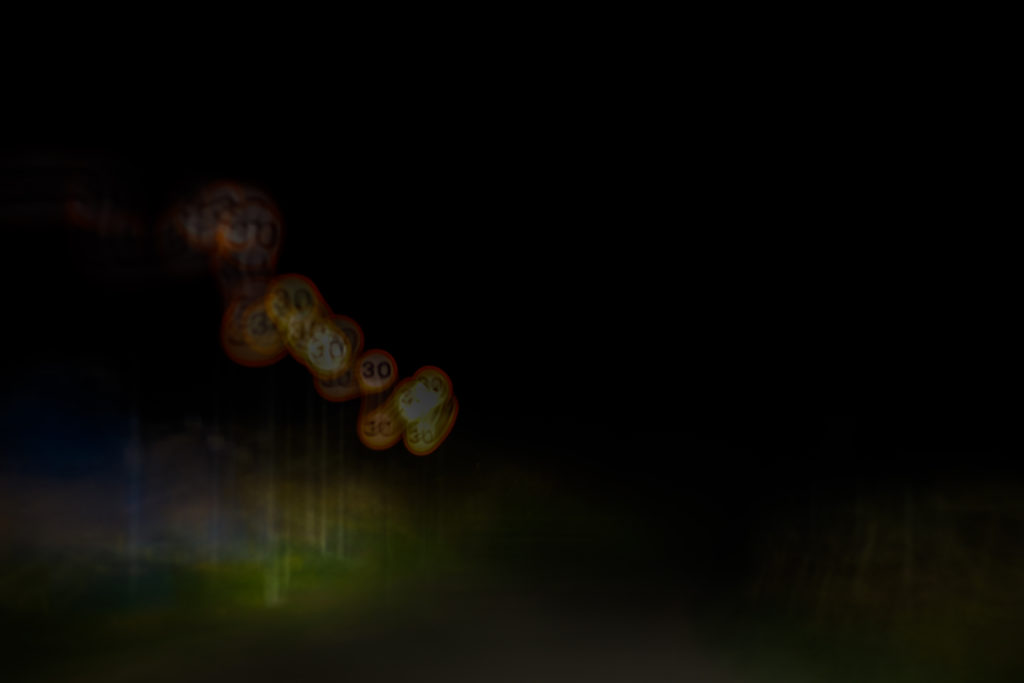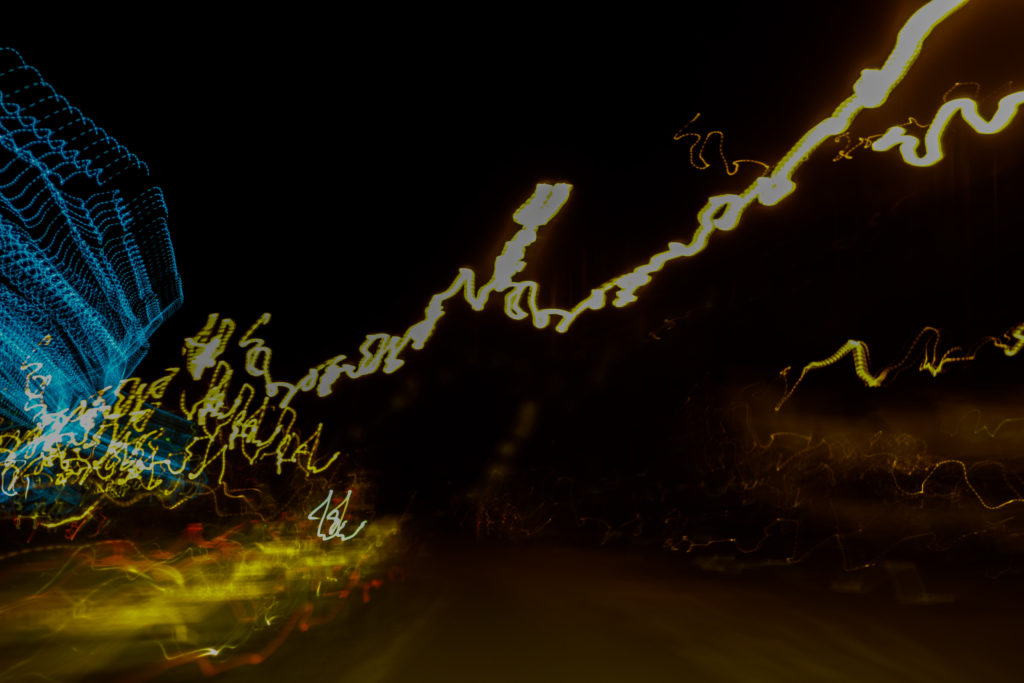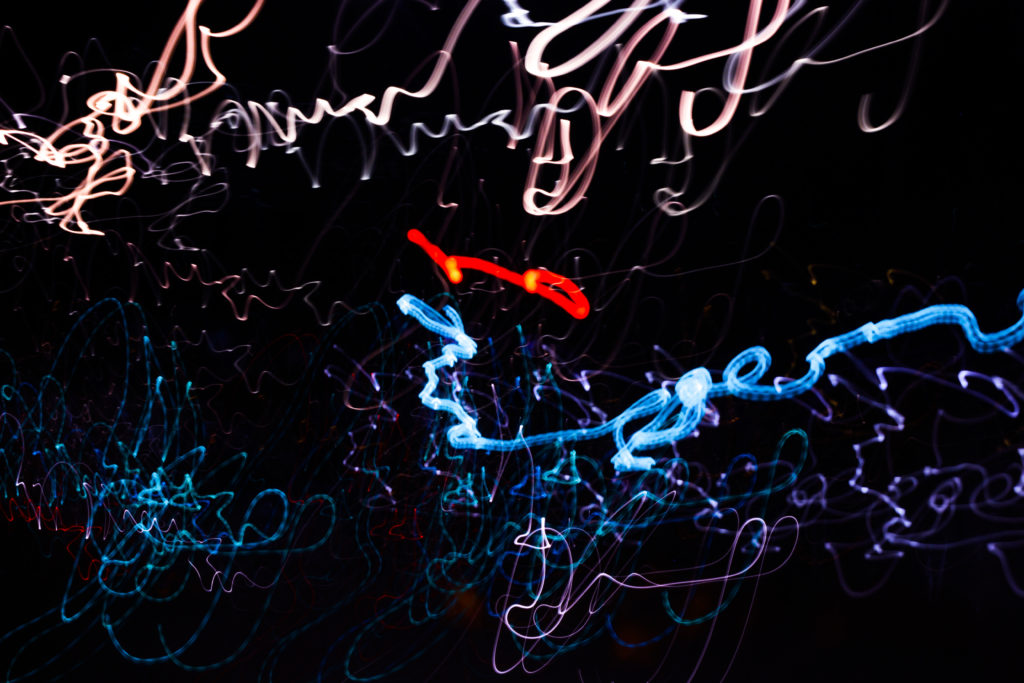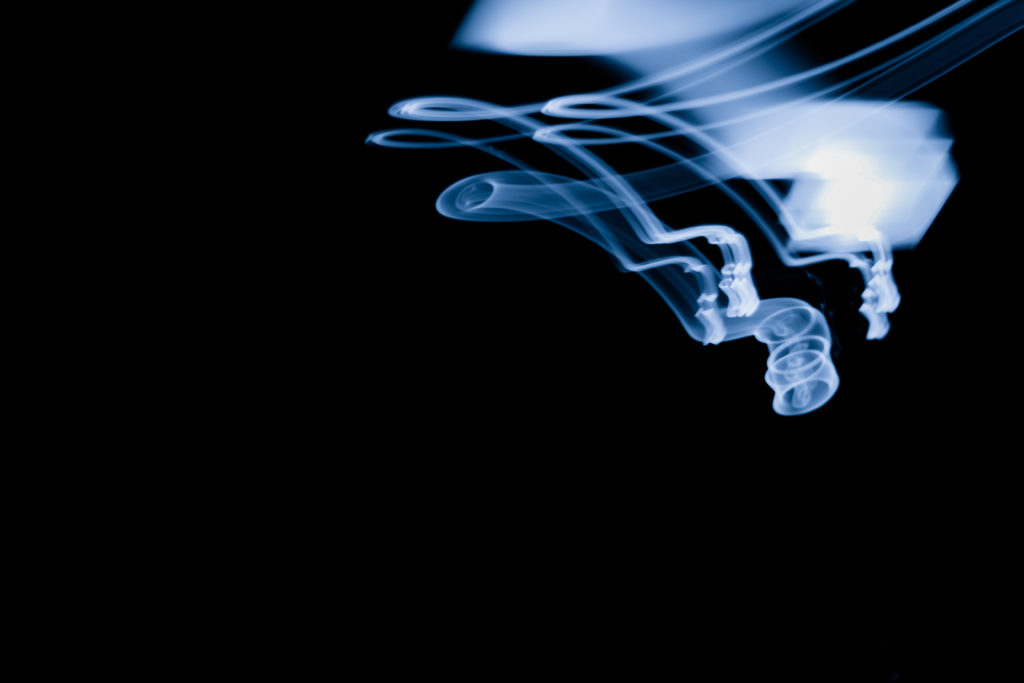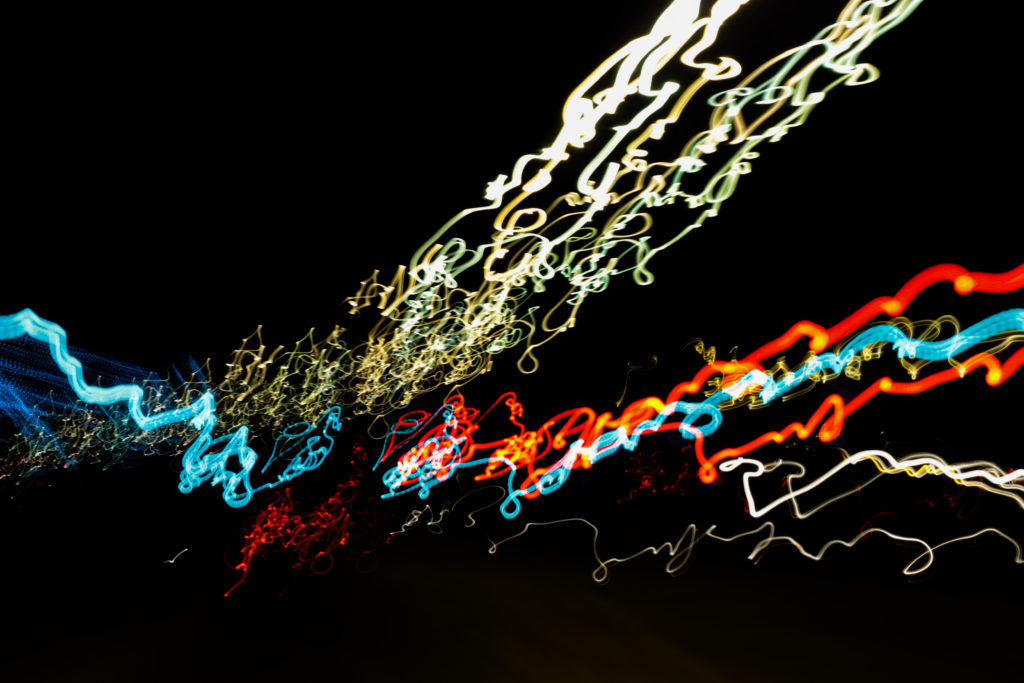What is Kodachrome?
Kodachrome became the first colour film that made use of a subtractive colour method successfully mass-marketed. It was the successor of Autochrome and Dufaycolor which had been used for screenplating methods. Kodachrome has become the longest living brand of colour film due to its manifacture for 74 years in various formats to suit still and motion picture cameras including 8mm, super 8, 16mm. As a result of this Kodachrome can be appreciated due to its archival and professional market regarding dark-storage and longevity making its qualities desired by many professional photographers.
The brand name itself is for a non-substantive, color reversal film introduced by Eastman Kodak in 1935, becoming one of the first successful colour materials used for both cinematography and still photography. Over years Kodachrome was widely used for professional colour photography as the images produced were intended for publication in print media. However the film started to be sold process-paid in the US until 1954 due to legal ruling which prohibited this. Due to its growth and rising popularity of alternative photographic materials and complex processing requirments, widespread transition to digital photography resulting in Kodachrome to lose market share eventually leading to it becoming discontinued in 2009 with its processing ending in December 2010.
Some examples of Kodachrome and its photographic results can be seen below:
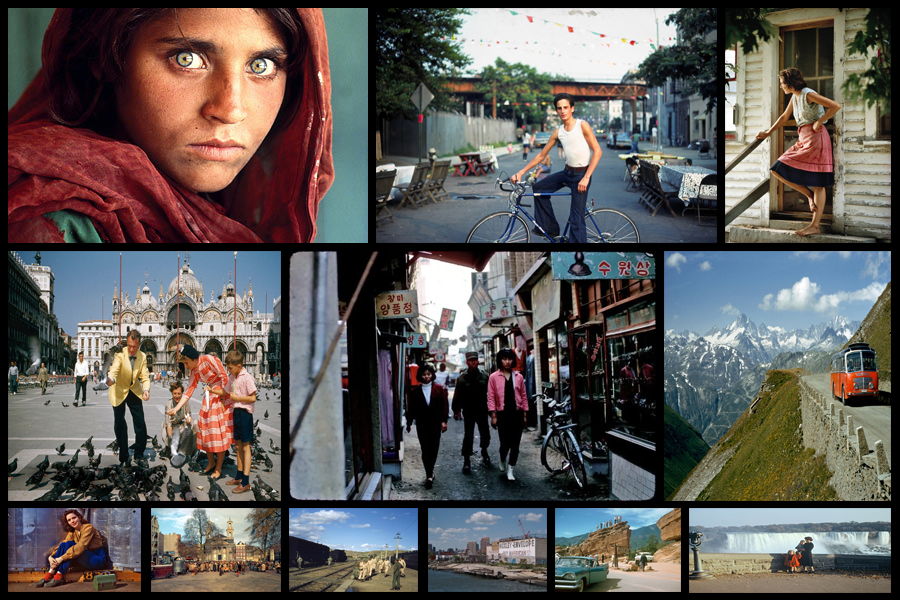
Over the years Kodachrome became a registered trademark of the Kodak company, with its method of colour transparency becoming more commonly known as a type of colour film the company started marketing in 1935. “Kodachrome” might sound familiar. Kodak eventually had at least three different processes that went by this new trademark, the first in 1914. In the early years of the twentieth century Eastman Kodak pursued the development of a simple color photography process that could be used by amateur photographers.
What is Autochrome?
Autochrome, also known as Autochrome Lumiere was invented in France by the brothers Auguste and Louis Lumiere. Originally they presented their research into colour photography to the Academie des Sciences in 1904, with commercial manufacture of autochrome plates soon starting 1904. This led to the first autochrome process taking place on the 10th of June 1907 at the offices of the French newspaper L’Illustration. The process works by covering autochrome plates in microscopic red, green and blue coloured potato starch grains. When the photo is eventually taken the light passes through these colour filters to the photographic emulsion, with the plate becoming processed to produce a positive transparency. As a result this creates a full colour image of the original subject.
These processes were undertaken at the Limiere factory in Lyon, and included a complex process. Transparent grain was first passed through a series of sieves to isolate the grains between ten and fifteen microns in diameter. These grains are then separated into batches and dyed red, green and violet which are then once again mixed together over a glass plate coated in a sticky varnish. Charcoal powder is the spread over the plate to fill in any gaps between the grain and a roller is used to pressure the grain and flatten them out, and finally leaving the plate to be covered in a photographic emulsion.
Here are some examples of autochrome:

Overall the photos did not require much special apparatus as photographs could use their existing cameras, however they did have to remember to place their autochrome plate in the camera with the plain glass side nearest the lens so that light passed through the filter screen before reaching the sensitive emulsion. To view the image autochromes could simply be held up to the light, however for ease and comfort they were usually viewed using special stands called diascopes which incorporated mirrors. These gave the image a brighter result and allowed several people to look at the plate at the same time, they could also be presented using magic lanterns.

